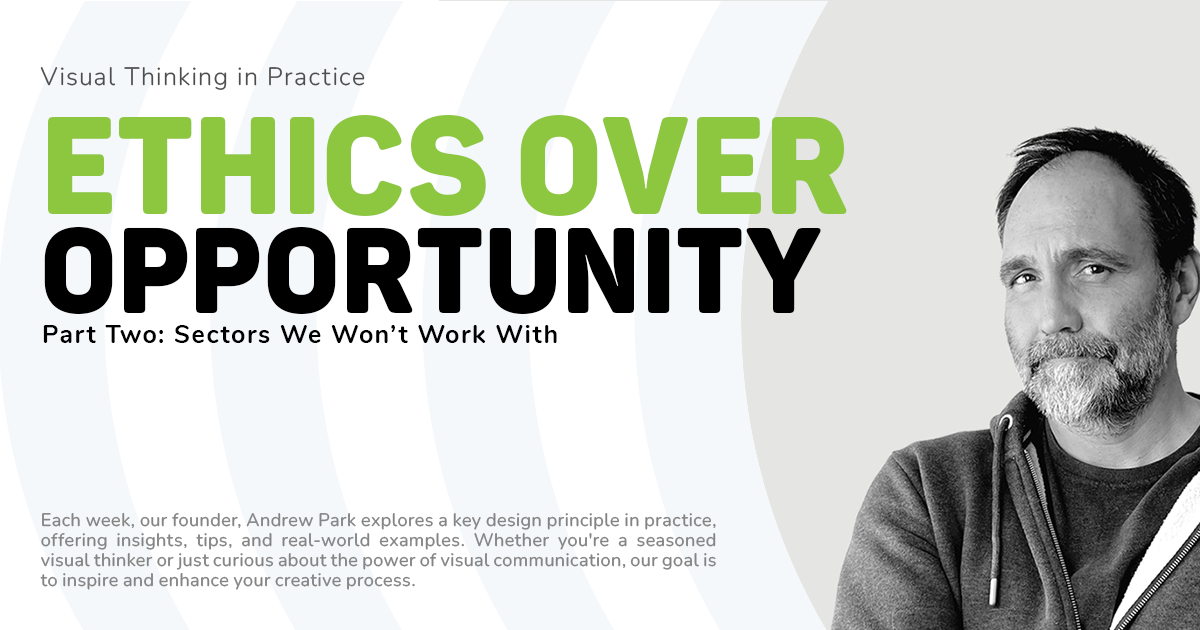“...success doesn’t necessarily silence self-doubt—it just gives you more arenas in which to wrestle with it. ”
I was listening to BBC Radio 4’s Woman's Hour the other day—a perfect excuse to sip tea and bask in the glow of thoughtful dialogue during that post-Christmas, pre-New Year time warp. The topic? Imposter syndrome. That gnawing little gremlin in your head whispering, “They’ll figure out you don’t belong!” The one that strikes when you’re presenting in a meeting, submitting a project, or even just posting on LinkedIn.
Turns out, 70% of people experience imposter syndrome at some point in their lives. Women, in particular, tend to score higher on imposter syndrome measures than men, especially in Europe and North America, according to research published in Current Research in Behavioral Sciences (2024). Interestingly, the same study found a smaller gender gap in Asia, where collective cultural narratives may normalise certain types of self-doubt or external validation, blurring the lines of what success “should” feel like.
For me, it brought back memories of preparing for my TEDx talk in 2013. While I’d spent years honing my craft, I couldn’t shake the nagging voice: “Someone’s going to stand up and shout, ‘Who let you on this stage?’” I delivered the talk without interruption, but the imposter syndrome lingered, reminding me that success doesn’t necessarily silence self-doubt—it just gives you more arenas in which to wrestle with it.
Where Does Imposter Syndrome Come From?
Psychologists Pauline Clance and Suzanne Imes first identified the phenomenon in 1978, noting it as particularly prevalent among high-achieving women. It’s that paradoxical feeling of being both capable and fraudulent—a deep fear of being “found out.” Clance later clarified that imposter syndrome isn’t a mental disorder but a reaction to certain pressures, often stemming from perfectionism, comparison, or external validation.
Julia Bueno, the therapist on Woman's Hour, described it as a “self-critical part” we internalise through life’s experiences. And she’s not wrong: Research from the International Journal of Behavioral Science (2011) suggests it’s heavily influenced by socialisation and early-life messages about success, failure, and self-worth.
For women, these messages often revolve around caregiving and putting others’ needs first, as Bueno mentioned. This aligns with findings from a Lean In report (2016), which showed that women are more likely to attribute their achievements to luck rather than skill, creating a vicious cycle of self-doubt.
Insights from the Workplace
Imposter syndrome isn’t limited to individuals; it thrives in certain environments. A Harvard Business Review article points out that workplaces emphasising competition, high stakes, and rigid performance metrics can exacerbate these feelings. Couple that with societal expectations and gender stereotypes, and it’s a recipe for chronic self-doubt.
But here’s the kicker: people who experience imposter syndrome often excel because they over-prepare, hyper-focus, and strive for perfection. This aligns with Women’s Hour guest Shazia Mirza’s anecdote about being highly confident until criticism—on social media, from critics, or even family—triggers self-doubt.
How Do We Reframe Imposter Syndrome?
The fake-it-till-you-make-it mantra gets thrown around a lot, but experts agree it’s only a short-term fix. Instead, a deeper dive into self-compassion and reframing is needed. This ties back to my IDEA model:
Inform: Recognise the root causes of your imposter syndrome. What societal, cultural, or personal narratives fuel it? Acknowledge the feelings without judgment.
Develop: Build resilience by celebrating small wins, seeking mentorship, and embracing imperfection. A Psychological Science study found that writing down accomplishments helps internalise success.
Enable: Encourage others to share their stories. Seeing peers thrive while admitting self-doubt fosters a culture of vulnerability and connection.
Animate: Use storytelling to breathe life into these lessons. Hearing others, like Shazia, articulate their challenges reminds us we’re not alone.
A Broader Perspective
This discussion isn’t just about individuals—it reflects a cultural moment. The rise of self-doubt parallels societal shifts in performance metrics and visibility, from the workplace to social media. Social platforms like Instagram amplify comparison culture, often making achievements feel hollow or performative.
Curiously, this aligns with findings on gendered communication styles. A 2022 Harvard Business Review article revealed that women who use “self-doubt framing” in professional contexts (e.g., acknowledging challenges or uncertainties) are perceived as more authentic and relatable—turning vulnerability into a strength.
Connecting the Dots
When we strip away the layers of imposter syndrome, it often boils down to storytelling—about who we are, what we’ve done, and where we’re headed. The narratives we tell ourselves shape our reality, and reframing those stories can unlock a healthier sense of self-worth.
So, what if we stopped thinking of imposter syndrome as something to “overcome” and started viewing it as a reminder to grow? My TEDx talk taught me that those voices of doubt might not go away, but they can learn to sit quietly in the audience while we perform.
What’s your take on imposter syndrome? Have you found ways to manage it, or does it feel like an ongoing battle? Let’s keep the conversation going—I’d love to hear your thoughts.
Battle imposter syndrome in your comms by taking our Presentation Pulse Check to see how your business’s comms are doing and get actionable insights!



































The thing it seems almost no one wanted is upon us, tariffs. Like a suspiciously brown shaken-up snow globe, they’re obscuring normal trading relationships, putting global markets on edge and making life even more expensive than it already was.